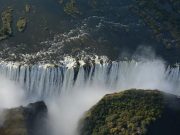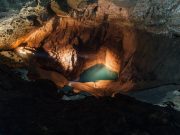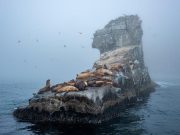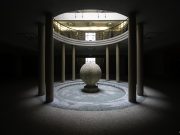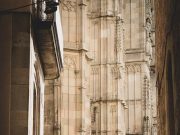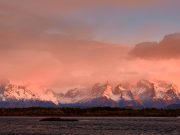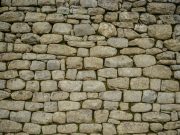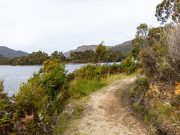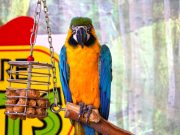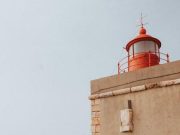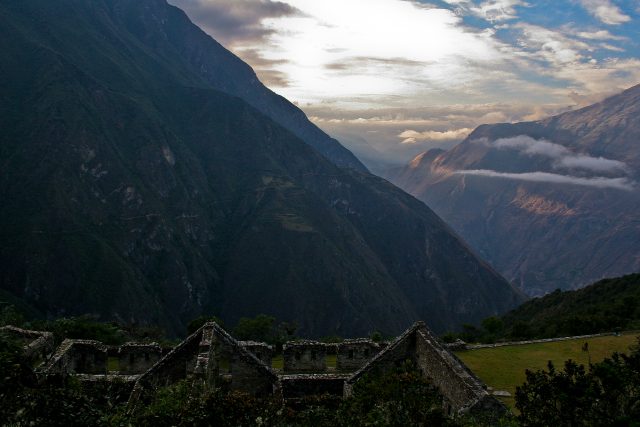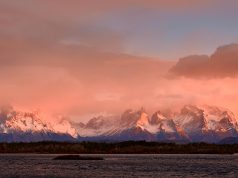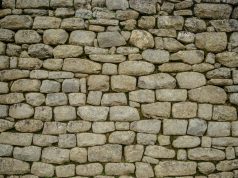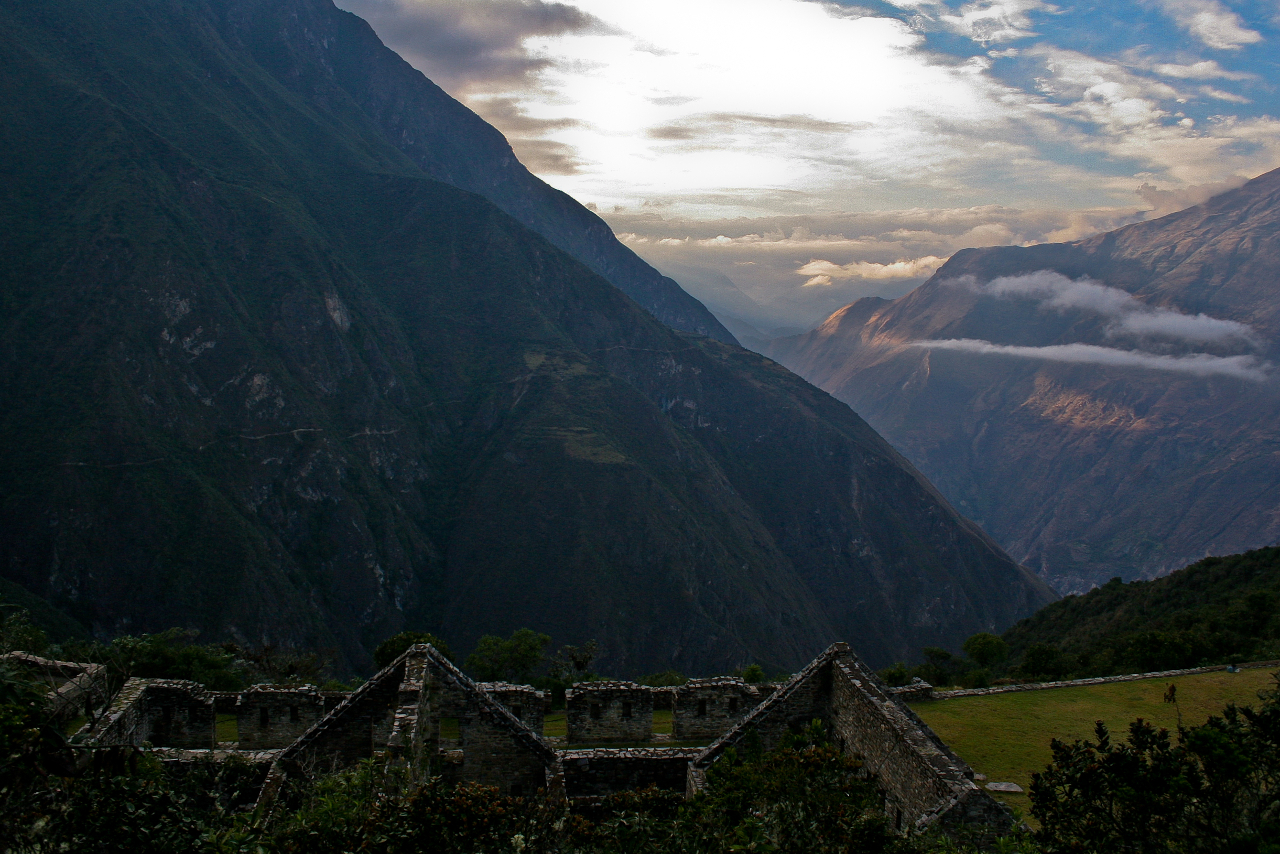
Choquequirao lies northwest of Cuzco, within the opposite side of snowy Mt. Salkantay from Machu Picchu. Access is by the highway to Abancay.
The trek happens to be standard fare among tour operators in Cuzco. Can recall the general rule: the farther you wander in the main plaza, the less you’ll pay.
Of course, it’s a possibility to go to ruins exclusively by yourself. Knowing some Spanish is effective, however the destination is popular enough considering that most of the people will be aware of what you’re doing and then help.
Hop an Abancay-bound bus and enquire of the motorist to help you to off in the turnoff to Cachora, after the Saihuite archeological site. Beyond that, flag down among the frequent taxis that will make the short journey to Cachora. There’s basic accommodation inside the village if you\’d like it.
From the plaza, adhere to the main road downhill, continuing after it turns to dirt. Soon, you’ll notice a blue entrance sign pointing you into the way to the ruins. Additionally there is a tourist information centre located right at the beginning of the trek which make it nearly much unattainable to get lost.
Independent hikers will surely have to pay two different access fees around the trail, since it runs through Apurímac and Cuzco Departments. Don’t forget to give money.
Come prepared — you’ll be experiencing vastly different elevations and ecosystems, so both bug repellant (there are a variety of tiny bugs that look like fruit flies, but bite leave behind little blood blisters) in addition to a warm sleeping bag are advisable.
The Trek
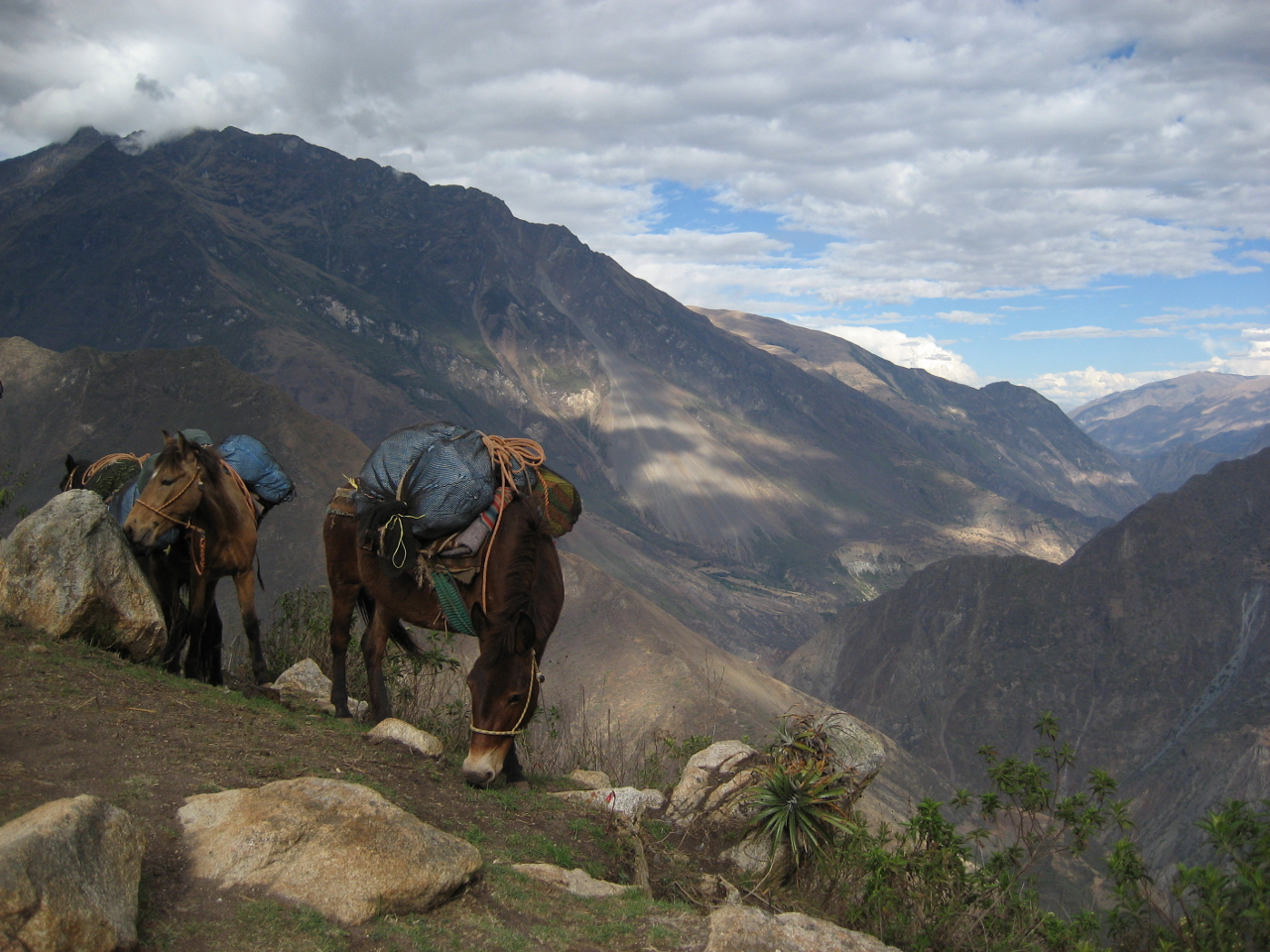
This isn\’t an saunter around the Inca Trail.
From the village towards the ruins and back, you’re taking a look at 74 km (46 miles). But it’s the elevation changes that in some way kill.
On the beginning, the trail drops 1,800 meters (6,000 feet) to your floor on the Apurímac River valley, simply to climb even higher on day 2. Then, a person does the whole thing again when it’s a chance to leave.
Don’t enable your guide — carefully competent in “exhausted-tourist encouragement” — fool you. This can be tough stuff.
Most tours run 4 days/3 nights, but duration depends largely in your ability. Some individuals take 5 or maybe 6 days. I conducted mine in 3…barely. True speed demons (as well as clinically insane) are actually identified by create the round trip in two.
As with any tour in Peru, a lot more time you possibly can spare, a lot more you’ll explore and find out. And this example, greater one\’s body will thanks when you’re done.
Speaking of sore bodies, a better option for independent trekkers than lugging a 30-40 lb. pack is always to utilize a mule in Cachora. This is how gear is hauled if you opt for a guide. You can also hire an arriero (a muleteer) instead of a guide. They will likely assist you to continuing your journey there and give great insight on local life for a lot less overall.
Campgrounds are readily available next to the river within the Cachora side, here are a few at varying heights on the mountain opposite, and at least one at Choquequirao itself. It costs $ 1 or two per tent, every night.
The best was at Maranpata, after day 2’s long, steep climb. Outside views are tremendous, though then it is a bit chillier.
Bonus adventure
For people that really want to immerse themselves while in the land in the Inca, you may turn this in a 9-day trek that ends up in Aguas Calientes (Machu Picchu town). From Choquequirao, the trail drops and climbs use without batteries . times, passing other minor archeological sites, old silver mines, hot springs, and occasional and banana plantations en route.
My guide explained the Choquequirao-Machu Picchu trek is very strenuous, but attractive named it the perfect trek in Peru. A couple hundred people take action every year. Compare that to your 2,500 descending on Machu Picchu daily, and you’ve got yourself some serious isolation.
The Ruins
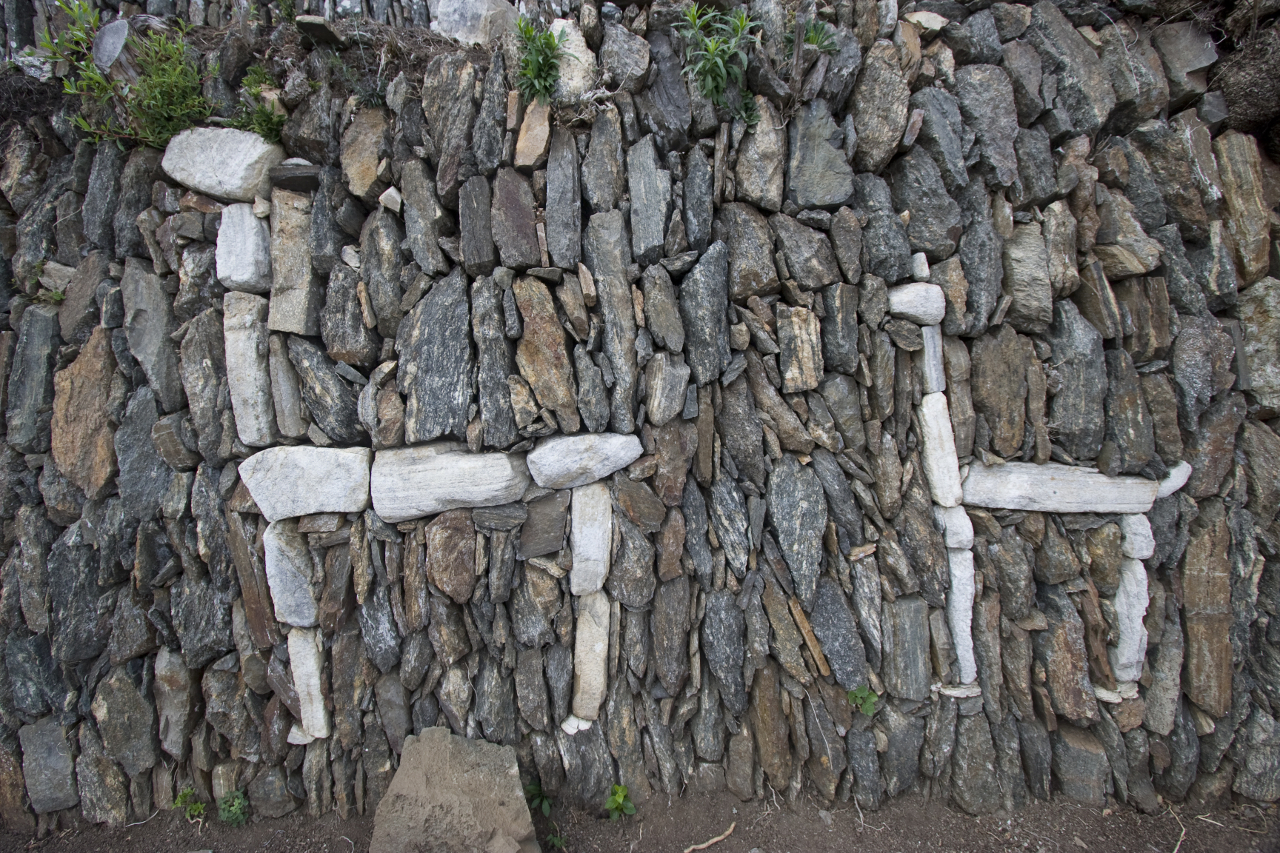
Some ads declare that Choquequirao is “bigger than Machu Picchu,” yet this means the mountain itself, not the ruins.
Choquequirao was obviously a small city, about 20 families strong, and contains nowhere nearby the amount of structures as its famous sister.
However, because restoration began only recently, there’s likely a great deal more still hidden by jungle.
Though your legs could possibly be resisting at this time, be sure you adhere to the path that drops steeply over the far side with the ruins, which could lead you to a few terraces. These original stone walls are decorated with white rocks that can cause the figures of llamas.
You won’t find these at Machu Picchu, or in other regions as an example.
But the genuine attraction of Choquequirao is easy: there’s no-one there.
Apart from the few teams of restoration workers and something or two other small tourist groups, you’ll possess the quiet, magnificent ruins all to yourself — almost as if you were discovering your own Machu Picchu.


